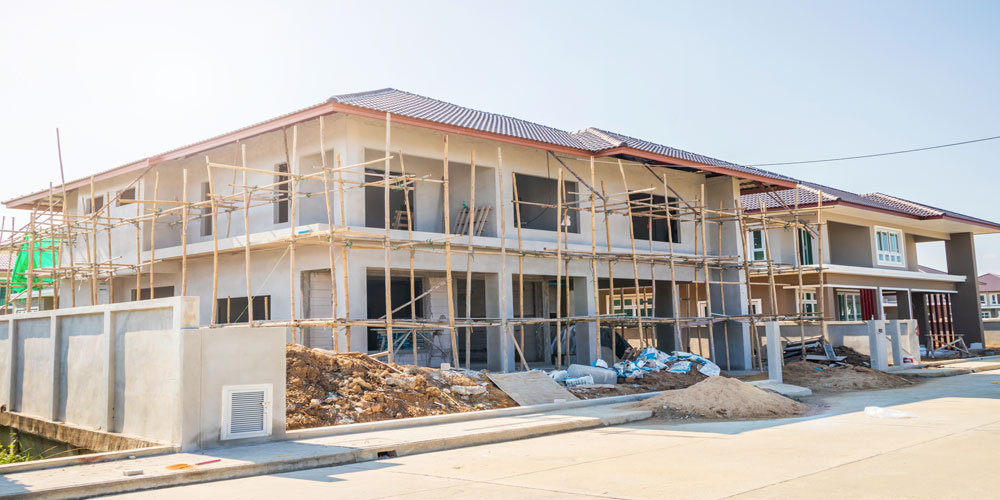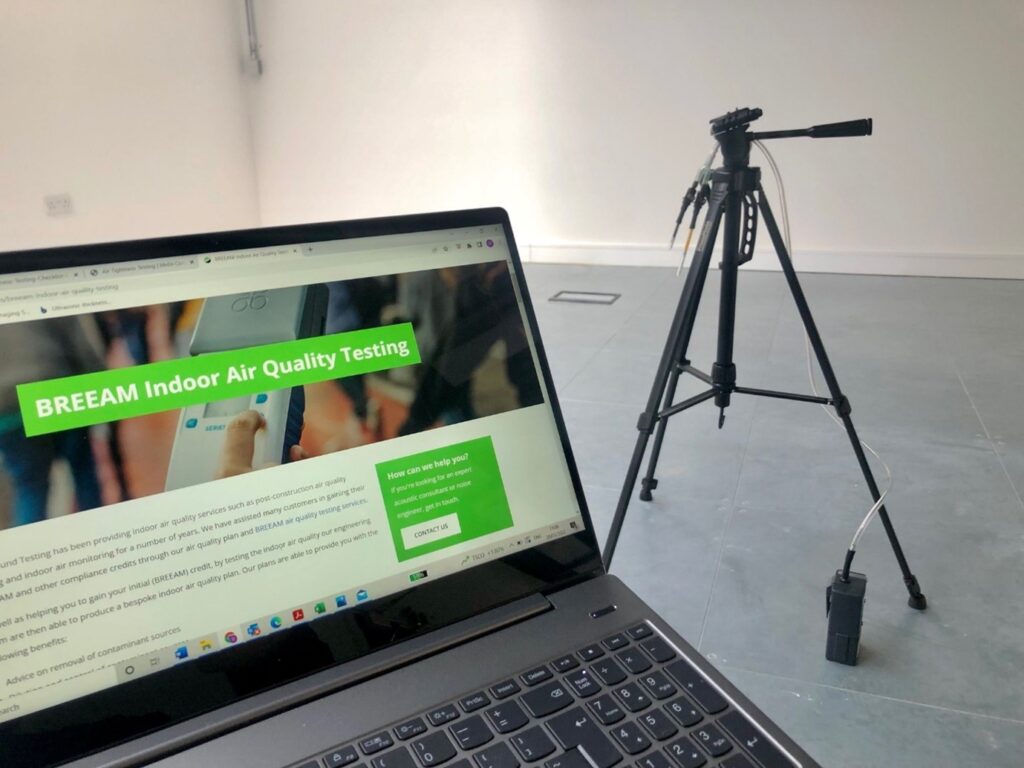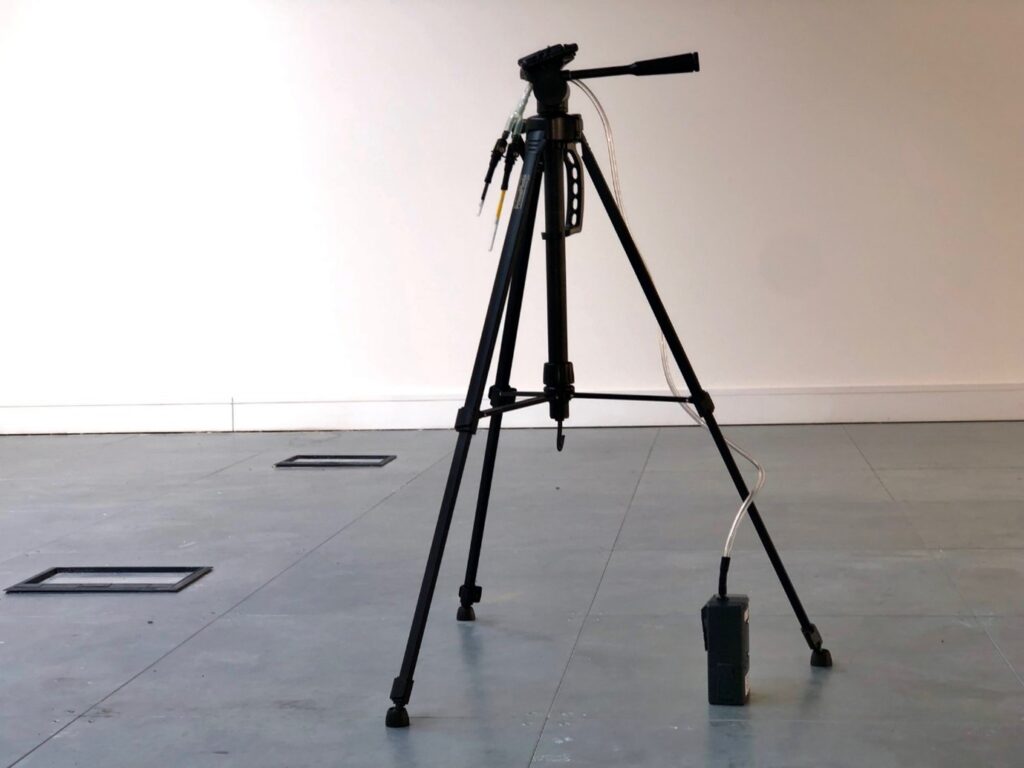
Indoor Air Quality Testing for BREEAM
Depending on the building certification standard you are wanting to achieve i.e., BREEAM, LEED and/or WELL certification, you may need to carry out an initial detailed assessment of air quality followed by ongoing long-term monitoring. Typical indoor air quality pollutants that require monitor range from volatile organic compounds (VOC’s) Formaldehyde to key gas indicators such as carbon dioxide.
In most instances, levels of VOC’s and Formaldehyde will typically be at their highest levels soon after a building is refurbished or constructed; however, during the lifespan of the building other common indoor air quality pollutants such as dust levels (PM 2.5 / 10), carbon monoxide, carbon dioxide and humidity can be a problem for the building occupants.
- Independent Consultants – We undertake 3rd party testing and do not carry out main contracting works ourselves and have no links to contractors. This means we can provide impartial advice free from bias and external pressures.
- Executive Summary – A simple, clear summary of the main findings of the report.
- UKAS Laboratory Analysis – Samples are analysed at 3rd party UKAS accredited laboratories.
APT Sound Testing have the expertise to carryout indoor air quality testing to meet your building certification standard. We can carry out one off in-depth assessments to achieve extra points for BREEAM etc. or install a range of air quality sensors for ongoing measurements over the lifecycle of the building.

What potential pollutants need to be monitored as part of the air quality check
There are a few potential elements and factors to bear in mind when undertaking a comprehensive air quality check – they are:
Measuring Volatile Organic Compounds (VOC’s) – these are gases that are given off by many indoor sources. Concentrations of most volatile organic compounds are higher in indoor air than outdoor air. VOCs can include a nasty combination of chemicals that can cause nose, eye, and throat irritation as well as fatigue, nausea, shortness of breath, headaches, dizziness and skin irritation.
Measuring Formaldehyde – this is a very common chemical compound that exists in various forms and at room temperature, is a colourless, distinctive, strong and even pungent smelling, flammable and gaseous substance and is heavily used in industries such as the manufacturing of building materials.
Measuring Mould – mould can affect offices and/or workplace environments, especially if there is water damage and there is high levels of humidity or dampness. There is a huge amount of different indoor mould types that can cause health problems if an individual is exposed to it during their everyday working activities.
Over exposure to moulds can cause symptoms such as nausea, coughing, wheezing nasal issues, stuffiness, and eye irritation. Also, it doesn’t stop there, many people can have more acute allergies to moulds which can result in more severe reactions and hospitalisation.
Measuring Carbon Dioxide – many air conditioning systems (HVAC) re-circulate indoor air to maintain comfort and reduce energy costs associated with both heating and cooling outside air. When building occupants sense air flow out of air supply ducts, it’s very difficult to check how much of this air is simply re-circulated or external air. Carbon dioxide is generated by the human respiration process and therefore high occupancy office environments often result in elevated levels of this gas.
Measuring Temperature – Air conditioning units are commonly found in offices across the UK. Some are used for purely cooling an office environment, whereas some are used to heat also.
Measuring Humidity – humidity levels should be kept between 40% and 60% in offices. Humidity levels below 40% will begin to cause problems for workers with nasal/breathing conditions such as asthma.

We can help with your indoor air quality testing
Apt use the latest technology to perform indoor air quality assessments in the workplace. Our expert air quality technicians will perform a series of exposure sample testing to determine whether your building poses a potential health hazard from VOCs etc.
We always strive to improve the standard of the services we offer, which is reflected within the company’s UKAS & ISO accredited quality systems and industry approvals.
Providing both consultancy and laboratory testing services, you can rest assured that our dedicated team have the necessary industry knowledge to see the project through to successful completion, whatever the requirement.
If you require any further information on our indoor air quality testing services, please call APT on 01525 303905 or email us at: info@aptsoundtesting.co.uk